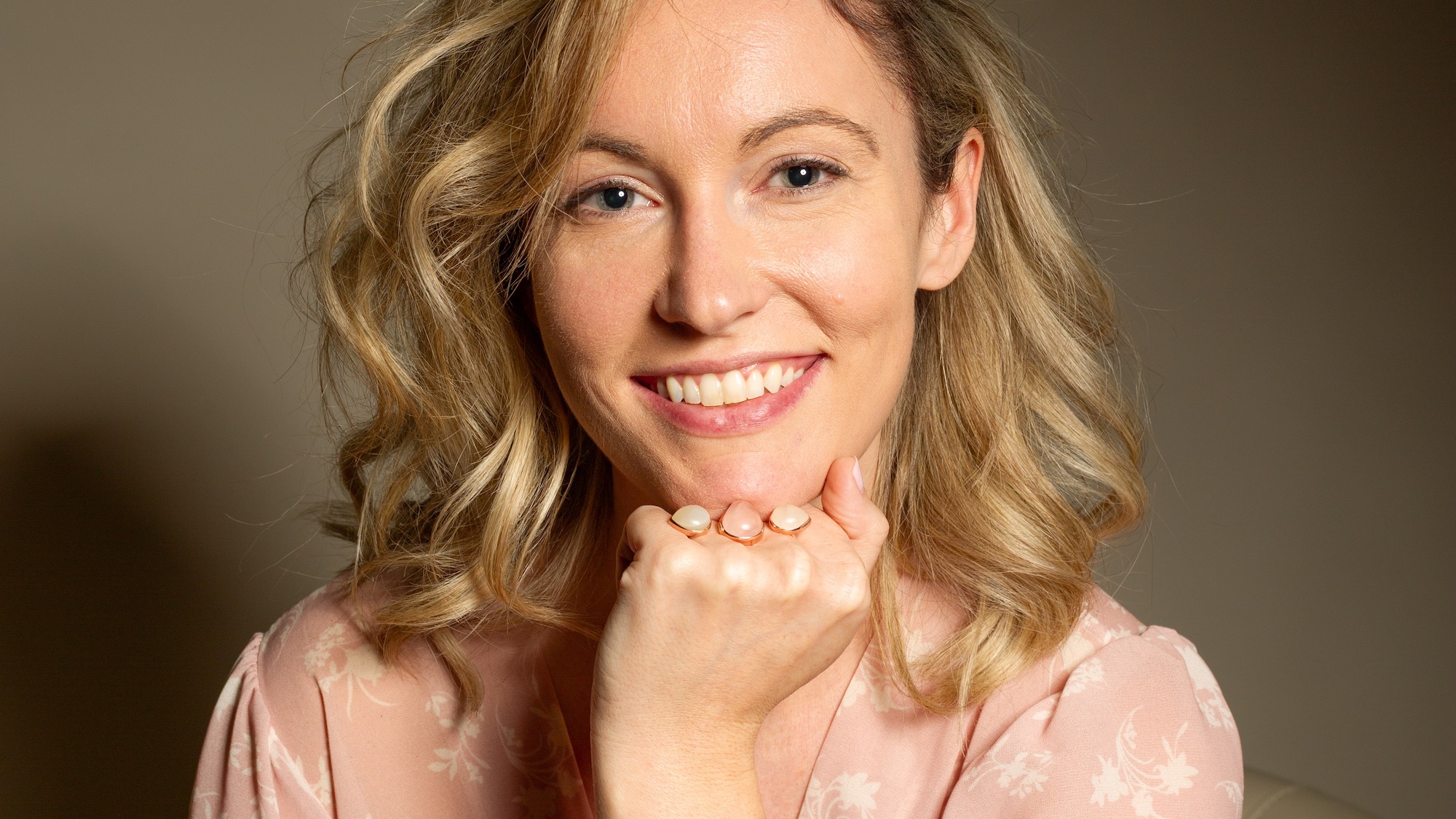October 3, 2025
Article
How to Build a Winning Due Diligence Deck for Your Healthcare Startup

Cure, Google Gemini
Overview
Due diligence decks are a key step for healthcare startups seeking investment, giving investors a clear view of clinical, regulatory, and financial risks. This guide breaks down what to include in your deck and how to effectively communicate your company’s value.
Creating a pitch deck is the starting point in a founder's fundraising journey, and while this is an essential step in sparking interest, due diligence decks go a step further. These structured documents, or slide decks, provide potential investors with a comprehensive overview of the company. Decks typically come into play once investors show interest and are shared during the due diligence stage, ahead of signing on the dotted line.
Although due diligence decks are primarily created for investors—to verify a startup's claims, assess clinical, regulatory, or financial risks, and evaluate the likelihood of success—founders also benefit. By presenting a detailed view of their business, founders can build investor confidence and even accelerate fundraising by addressing key questions upfront.
How Healthcare Investors Evaluate Startups
Healthcare investors differ from those in other sectors because they balance scientific and medical risk with traditional business considerations, according to Donna LaVoie, President & CEO at LaVoie Health Science.
"Most healthcare investors have specialized backgrounds in medicine or science, and they must evaluate investment opportunities through multiple, specialized lenses, including science and clinical risk, regulatory pathways, typically longer timelines, and higher capital needs, particularly in drug development and medical devices, and reimbursement and market access."
Kyle Sobko, CEO at Sonder Care, reinforced this point. He noted that while most healthcare investors focus on profitability or scalability, they are much more concerned with regulatory milestones and the success of clinical trials. He explained, "Investors need to know that a product has the potential to succeed in the market and also has a clear, achievable path to approval and widespread adoption in the healthcare system."
Healthcare timelines can also be longer, and more variables may delay or derail progress. As a result, Sobko has found these investors to be more cautious and have lower risk tolerance.
Regulatory hurdles are the first significant challenge for healthcare products; therefore, it is essential to outline the steps for approval clearly. Sobko summarized the ideal approach: "A good due diligence deck shows both the product's market potential and the risks involved in healthcare innovation."
With these unique considerations in mind, here are the five core elements every healthcare due diligence deck should include.
5 Core Elements of a Due Diligence Deck in Healthcare
1. Problem & Market Fit
Sobko emphasized the importance of defining the specific healthcare problem your startup aims to solve and demonstrating how it addresses a gap in existing care.
He shared, "Investors need to see a clear understanding of the product-market fit, particularly how the product solves a specific healthcare problem backed by clinical trial data or market validation."
Sobko added that clinical data should demonstrate how the product works, its safety, and how it distinguishes itself from competitors.
2. Regulatory Pathway
Once a startup has established its market fit, investors want to understand how the product will reach the market safely and in compliance with the law. For many healthcare startups, FDA approval is a crucial step toward securing initial or subsequent funding.
According to an article published on Quail, A quality management software for growing life science companies, FDA approval times vary considerably. Complete drug approvals can take anywhere from 10 to 15 years, while medical device approvals can take as little as a year or less, or up to several years.
Investors want founders to communicate where they are in the process and how they plan to navigate it. Sobko explained, "Investors will want to know the path to FDA approval or other relevant certifications and any potential challenges in the approval process."
3. Financials Tied to Milestones
Financials are a crucial factor for investors, and they'll want to see a startup's projections that accurately reflect the realities of regulatory timelines and clinical risks. This section shows how funding needs and cash flow align with product development milestones.
For Sobko, it's essential to show how cash flow and funding needs align with the company's trial phases and approval steps. He explained, "Financial projections are important, but they must be grounded in the regulatory and clinical realities of the healthcare industry." He added that founders should also account for potential delays in approval or trials and how these setbacks could affect cash flow and timelines.
4. Competitive Position & Differentiation
After establishing the regulatory and financial context, investors want to see how your startup distinguishes itself from other existing solutions. Investors reviewing a due diligence deck will want to understand where the startup fits among its competitors and alternative solutions. Founders can showcase what sets them apart by including results from clinical trials, the speed at which they are set to hit the market, cost comparisons, or ease of integration into care workflows.
Other examples of competitive advantages include patents, proprietary technology, or strategic partnerships with hospitals, research institutions, or insurers. These elements make it more difficult for future competitors to replicate your solution, ultimately increasing investor confidence in your market position.
5. Traction & Case Studies
Finally, showing real-world evidence of adoption or success helps convince investors that your product can gain traction. Providing real-life case studies can be a compelling way to demonstrate your startup's growth potential to investors. Founders can share proof of demand, early adoption, or strategic partnerships, either already in place or in the works.
"At SonderCare, we focused heavily on preparing for regulatory approval of our hospital beds, ensuring they were both medical solutions and luxury items," shared Sobko. Their due diligence deck highlighted clinical safety, the demand for in-home healthcare, and the regulatory steps we needed to follow.
"By aligning our financial projections with these milestones, we communicated our value to investors who understood the long-term nature of the healthcare market," he added.
Final Takeaways
While there's no set formula for a due diligence deck, specific components must be present. LaVoie shared, "Science and clinical data must be presented with the same clarity as the regulatory path and the financial plan."
She emphasized that these elements should be woven into the company narrative in a way that links the promise of innovation with the realities of development and commercialization, building confidence that the team understands not only the science but also the path to market and value creation.
To support that balance, LaVoieHealthScience created its trademarked LHS Fifteen-Slide Presentation, a framework designed to help emerging healthcare startups clearly communicate their value to investors, partners, and other stakeholders.
This framework encompasses elements such as the company snapshot, market opportunity, scientific and clinical differentiation within the limits of available data, pipeline breadth, and commercial strategy, among others.
LHS 15-Slide Presentation
Company Snapshot: Who are you? What is your focus? Why are you doing this? How are you funded/partnered?
Agenda: Buy In on Use of Time Leading to Your Goal
Market Opportunity: Describe the problem in layman’s terms; use infographics, backup facts and research
The Solution: Description of products, compelling benefits, barriers to entry, threats and opportunities, and differentiation
Market/Target Profile: Patient population, product attributes
Scientific/Clinical Differentiation within the Limits of Data: Most successful charts showing a single point so that we clearly understand the charts meaning without trying
Team: Photos and backgrounds on key team members; establish company’s pedigree; tell a story about company culture
Pipeline Breadth & Clinical Data: Names of compounds, indications, or products; integration with technology; partnered or proprietary; data timeline; top supporting evidence.
Pipeline Breadth & Clinical Data cont.
Regulatory Strategy: Discuss geographic strategy; highlight milestones achieved to date; FDA overview status (i.e. BLA, Fast Track Designation, Orphan Status, etc.)
Manufacturing Strategy/Tariffs: In-house on contract manufacture; timing of production; inventory levels; special issues
Commercial Strategy: Outlicense or commercialize; domestic or international partners; marketing and PR plan; advocacy relations; med comms strategy
Financial Position: Summary financials and capital structure
Upcoming Milestones: Management’s view of milestones creating value; upcoming news flow
Investment Highlights: Capture essence of previous slides; contact information; call to action





